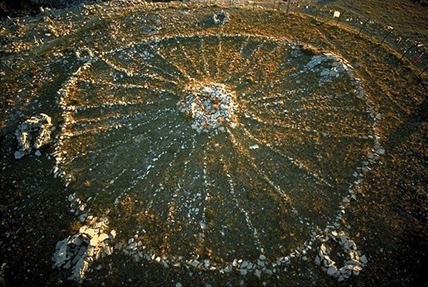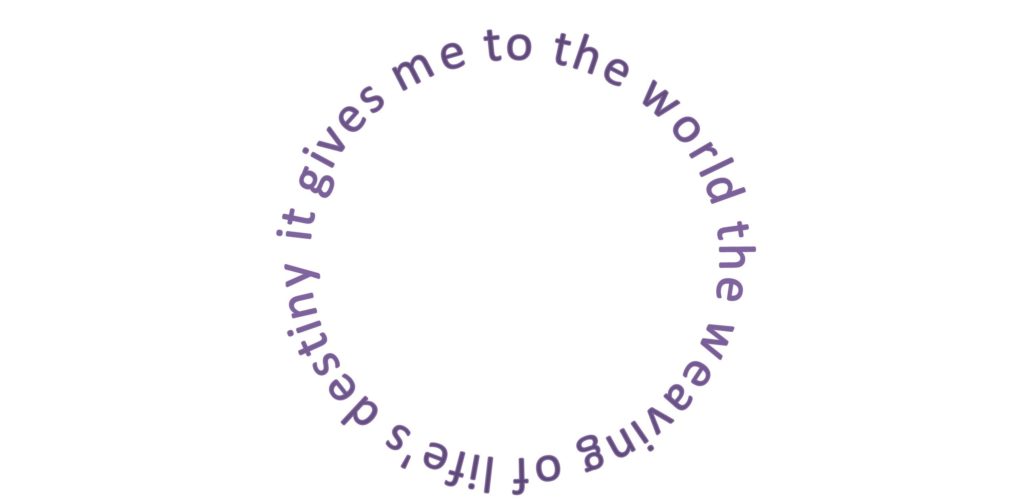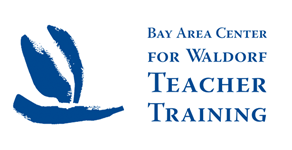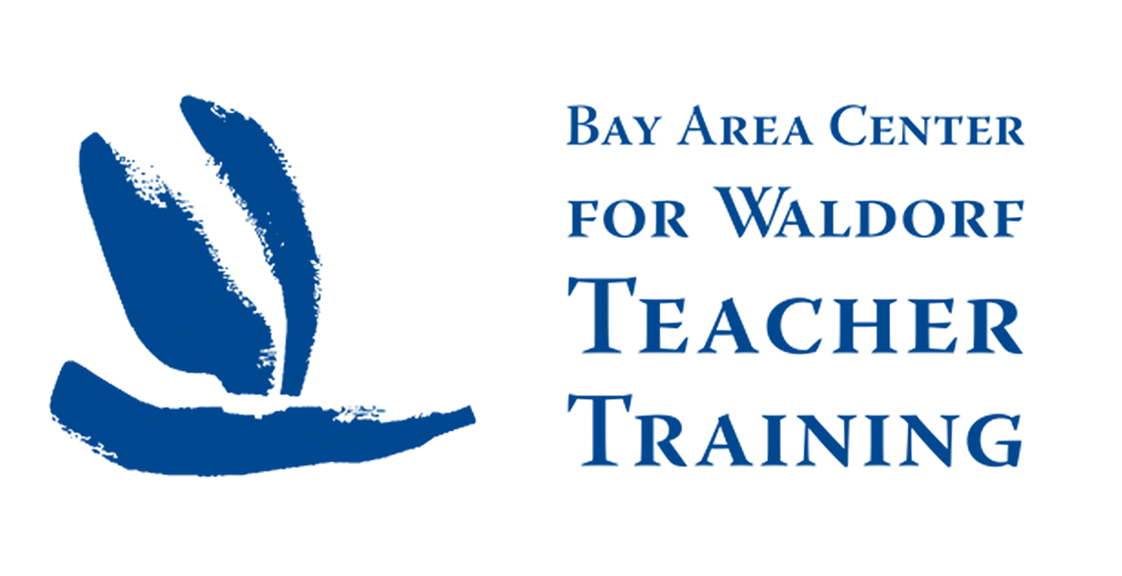Dear BACWTT Students, Alumni, Friends and Colleagues,
Here is the Calendar of the Soul, looking back over the past week.
Calendar of the Soul
Verse 32
English
I feel own power coming to fruition.
Gaining strength, it gives me to the world.
My own intrinsic being I feel
Growing strong, to turn to clarity
In the weaving of life’s destiny.
Mandarin
我体会到自己的能量成熟起来,
并且能支持我回报与世界。
我内在积蓄的力量,
让我带着清晰的洞察,
投入到这纷繁的生命轮回之中。
Spanish
Siento que mis fuerzas traen frutos
Y fortaleciéndome me otorgan al mundo;
Siento intensamente mi ser interior
Alcanzando claridad
En el entretejido del destino de la vida.
The verse this week expresses twice the experience of gaining power and strength which is then developed in two directions:
One goes out into the world—a process is coming to fruition—like the fruit or the seed of a plant, it is then set free into the world.
The other direction is inward to become clear and sensing the many interconnections in our lives.
The experience of both of these activities builds a sense of our place and tasks in life. Sensing the relevance and importance of the part we have to play in the grand scheme of things.
In 1972 Haim G. Ginott published “Teacher and Child: A Book for Parents and Teachers”, and the preface contained a series of memorably vivid statements that have been widely repeated.
Ginott stated that he composed the remarks when he was a young teacher, and they summed up the book’s philosophy.
This piece gives us a sense for the feeling of being interwoven into the fabric of life:
“I have come to a frightening conclusion.
I am the decisive element in the classroom.
It is my personal approach that creates the climate.
It is my daily mood that makes the weather.
As a teacher I possess tremendous power to make a child’s life miserable or joyous.
I can be a tool of torture or an instrument of inspiration.
I can humiliate or humor, hurt or heal.
In all situations it is my response that decides whether a crisis will be escalated or de-escalated,
and a child humanized or de-humanized.”

In the guiding thoughts that Rudolf Steiner gave to the teachers of the early Waldorf schools, this sense for the connectedness of the teacher, the children and families and the events and processes taking place in the world is important.
The teacher in the Waldorf setting has an important role to play in tapping into and being a helper to the many layers of connection, not only of the social fabric but of the underlying forces of life purpose and destiny that are at work. The teacher has a task to build a sense in the child and young person that their place is meaningful and unique, that they have something important to offer, that the world can be altered for the better by them and that they can grow and be altered by the world to become a better person.
In building the culture and “climate” of the classroom, as Haim Ginott says, the teacher also lays down an appreciation for this connection and reciprocity in the children that they can then carry into their own lives, that they can continue to practice.
In the Lectures to the Younger Generation, Steiner emphasizes that the whole quality of our era is pedagogical, that the pedagogy that takes place in schools and schooling are a special enterprise within this time of learning and growing in the evolution of moral life of humanity.
To forget this and overemphasize the learning of facts and to be blind to the fabric of life is to miss out on the potential for the growth for the individual and for the world that can be created.
During our Early Childhood Conference last weekend one of the keynote speakers, Sage Nunutsi Otterson, spoke about the indigenous practice of taking care to build a circle of social awareness and acknowledgement among the children in a class or group, so that they feel seen and heard and become co-responsible for the activities taking place.
Sage built the picture of the importance of the circle in which the children see each so that they discover that they are in it together, that they can teach and learn from each other as well as from the adult, that the circle of connection holds them and from there they can sense that they are a small circle within the ever widening circles of people and the world.

The ancient Bighorn Medicine Wheel, located in Bighorn National Forest near Sheridan, WY, is a national historical landmark and a sacred site It has 28 spokes radiating form the center and aligns with solstice sunrise and sunset and the rising locations of the three brightest stars.
“You have noticed that everything an Indian does is in a circle, and that is because the power of the world always works in circles, and everything tries to be round. In the old days all our power came to us from the sacred hoop of the nation; and so long as the hoop was unbroken, the people flourished. The flowering tree was the living center of the hoop, and the circle of the four quarters nourished it. The east gave peace and light, the south gave warmth, the west gave rain, and the north with its cold and mighty wind gave strength and endurance. This knowledge came to us from the outer world with our religion.
Everything the power of the world does is done in a circle. The sky is round, and I have heard that the Earth is round like a ball and so are all the stars. The wind, in its greatest power, whirls. Birds make their nests in circles, for theirs is the same religion as ours. The sun comes forth and goes down again in a circle. The moon does the same and both are round. Even the seasons form a great circle in their changing and always come back again to where they were.
The life of a man is a circle from childhood-to-childhood, and so it is in everything where power moves. Our tipis were round like the nests of birds, and these were always set in a circle, the nation’s hoop, a nest of many nests, where the Great Spirit meant for us to hatch our children.” Black Elk, Holy Man of the Oglala Sioux
When we try to understand the expression of the verse this week, “ it gives me to the world” we are missing a part of the picture—the place from out of which I am given. The indigenous American conception of the circle as something that holds all life and embraces all beings can help us to understand this place. It is out of such a place that I am given to the world.
Steiner uses the word “fruition” to connect this thought to a plant image, something that as been growing and maturing through a long process and now is able to set the seed of this process free, on an independent journey.
We are lacking somewhat in our contemporary culture the imagination of the place and process where we have been growing –plant like—towards this act of independence. This effects our sense of stepping into the world within a context—of nature, human endeavor, of history, of fellow human beings, culture.
The first and the last parts of the verse should bend around and unite to create a circle, a circular motion:

Ken
Kenneth Smith
Director, BACWTT







